
Introduction

Consuming meals high in nutrients, such lean protein and legumes, can improve your general health and assist you in maintaining a healthy weight.
All sizes and types of healthy bodies are possible. Even though weight loss is not a panacea for health and not everyone needs to pursue it, you might want to work toward it if you want to feel the healthiest.
Your diet can influence your health outcomes when combined with regular exercise. (But before making significant changes, consult a healthcare provider!)
According to science, these 37 foods may encourage a healthy weight loss journey if losing weight is your objective.
Online, there are many fallacies about dairy products, but it turns out that milk, along with yoghurt and cheese, is actually healthy for the body. A thorough analysis of more than 90 studies published in the journal Nutrition Reviews found a direct correlation between increased calcium intake and better body composition. According to a different study from the International Journal of Obesity, which examined 14 randomised controlled clinical trials, persons who consumed the most dairy had a 700 gram larger reduction in fat mass than those who consumed the least dairy. This is probably because the calcium in milk lowers the amounts of a vitamin that promotes the growth of fat cells, making weight loss simpler.

Fiber is a secret fat burner.
Let’s finally put this to rest: Carbohydrates are beneficial to your health as long as you consume the proper ones. In actuality, you ought to include them on your dinner plate tonight as one of the foods that burn fat. A study published in the American Journal of Clinical Nutrition suggests that switching from white rice to a delightful side dish of barley could help you lose hazardous belly fat. Consuming whole grains helps you feel full and prevents overeating. In instance, barley is recognized for raising blood sugar gradually, helping you avoid the sugar spike and fall that leave you feeling hungry shortly after a meal.

Whole eggs, often despised for their high cholesterol content, have recently become more popular.
These anxieties sprang from misunderstandings that neglected how your body controls cholesterol levels. To maintain its baseline levels, your body gets it from your diet or your liver as needed.
While those who already have high levels of LDL (bad) cholesterol should be very careful about how much cholesterol they consume, moderate egg consumption, or 7 to 12 eggs per week, has been shown to be safe for most people.
Eggs are one of the healthiest meals to eat if you’re trying to reach or maintain a healthier weight, even if a larger diet of eggs may increase LDL cholesterol levels in certain people.
Eggs are very nutrient-dense foods. Interestingly, while egg whites provide 4-6 grams of protein per serving, practically all of its nutrients, including choline and vitamin D, are located in the yolks.
As a result of their high protein and fat content, they make you feel full.
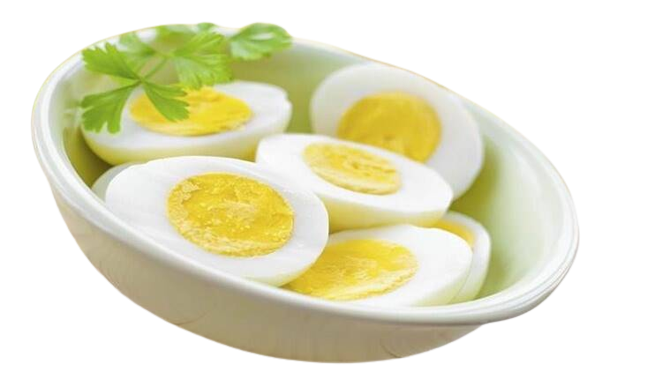
Kale, spinach, collard greens, Swiss chard, and a few other vegetables are examples of leafy greens.
They are ideal for achieving or maintaining a healthy weight thanks to a number of characteristics. For instance, they include minerals and fiber that keep you hydrated and satisfied.
Additionally, leafy greens include thylakoids, plant substances that have been connected to improved appetite control and enhanced fullness in at least two human studies.
However, it’s important to note that both studies were tiny and that participants took a 5-gram thylakoid supplement, which is equivalent to 3.5 ounces.
Those who took the supplement even just once reported improved hunger control and weight loss.
The effectiveness of thylakoids derived from food sources as a strategy for achieving a healthy weight — as well as their long-term impacts in supplement form — still requires more study in people.
Meanwhile, leafy greens are nearly always a great complement to your diet because they contain a variety of fiber and minerals.

Beans in general
According to Landau, lupini beans are rich in prebiotic fiber, which nourishes the good bacteria in your gut. The quantity and variety of bacteria present increase when your gut microbes are well-fed. Your cells become more receptive to insulin when your gut health is improved, which helps to reduce belly fat, according to the author.
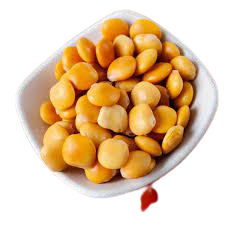
6.Pumpkin
Pumpkin puree is a naturally low-calorie option that is rich in antioxidants and has more fiber than quinoa and more potassium than a banana. Only roughly 80 calories are in one cup, which is also packed with vitamins and minerals. The pigment beta-carotene, which the body converts into the vitamin A the body needs, gives pumpkin its vivid orange hue.
The advantages don’t end with the puree; pepitas, also known as pumpkin seeds, are a fantastic complement to most diets since they include roughly 7 grams of protein per snack-size dose.
Canned pumpkin is a fantastic pantry staple, but our certified dietitians advise looking for 100% pure pumpkin rather than pumpkin pie filling, which is stuffed with extra sugar and artificial flavorings. During the fall, stock up on canned pumpkin so you can
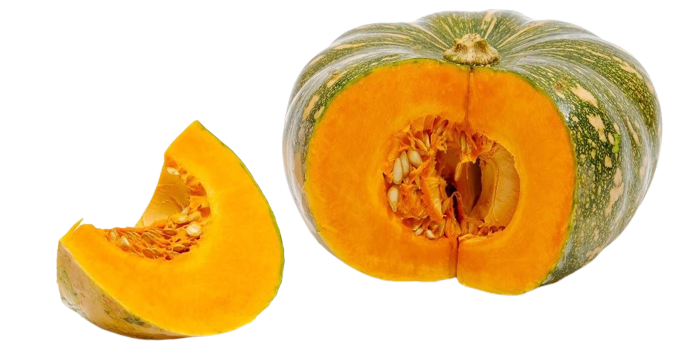
This legume is a powerhouse for vegans that is rich in fiber and plant-based protein, both of which can help you lose weight. Our nutritionists adore the fact that chickpeas are also a great source of folate, iron, immune-strengthening antioxidants, and minerals that help with digestion. They include a lot of complex carbs, which might help you maintain energy levels throughout the day.
The fact that chickpeas are so nutrient-dense, despite the fact that they are already rather low in calories, makes them an excellent food for controlling weight. Hummus is used as an example in the study to demonstrate how picking foods with high nutrient density can assist maximize each calorie and deliver a plethora of special health-promoting elements while supporting healthy weight loss.
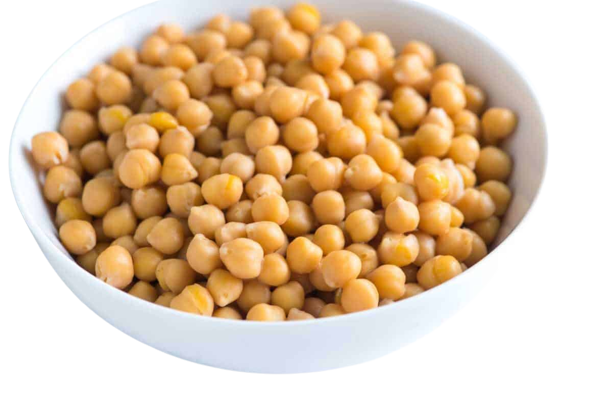
All berries are loaded with vitamins and antioxidant polyphenols, but raspberries definitely take the cake when it comes to fiber content. They are the ideal low-calorie, nutrient-dense food since they contain an astounding 8 grams of fiber per cup. They are a great way to add extra substance to a breakfast that is already well-balanced, whether it be oatmeal, yogurt, or even a quick smoothie. Only about 64 calories are in one cup.
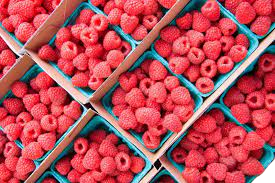
9.Salmon
Getting more omega-3 fatty acids from fish like salmon may be precisely what the diet doctor ordered, suggests a study published in the British Journal of Nutrition, even if eating fat may seem foolish while attempting to lose weight. Omega-3 fatty acids reduce fat mass, albeit the precise mechanisms are unknown, according to Irene Munro, a researcher and study author from the University of Newcastle in Newcastle, Australia. Other research has revealed that omega-3 fatty acids not only lengthen your lifespan but also help you feel fuller and less hungry for up to two hours following a meal of fatty fish. At least twice a week, try to consume salmon or another oily fish, such as mackerel, herring, or canned tuna.
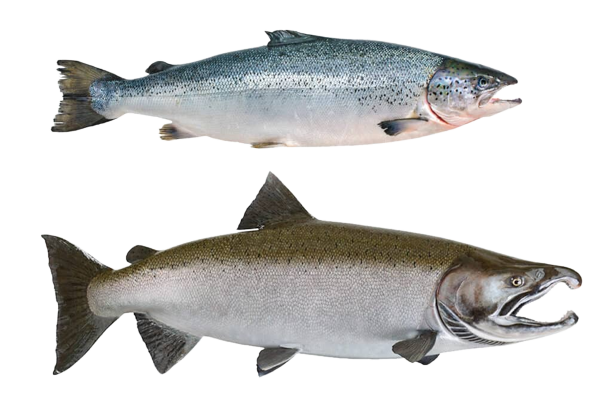
What features do these dishes share? They contain flavonoids, which are naturally occurring compounds in plant diets that may help reduce body fat. A study published in the American Journal of Clinical Nutrition found that during a 14-year period, women who ingested the most flavonoids experienced much less rises in body mass index than those who consumed the least. “Animal studies have shown that these flavonoids can increase energy [kilojoule] expenditure, increase glucose uptake into muscle, and increase fat burning,” says Laura Hughes, MSc, the study’s principal author and a nutritional epidemiologist at Maastricht University in the Netherlands.

11.Flaxseed
These gleaming, fat-burning foods contain lignans, a weight-loss secret. They also make flaxseed one of the superfoods that all healthy women need in their diets because they are estrogen-like substances. A study published in the British Journal of Nutrition found that lignan consumption was linked to lower body fat and BMI in postmenopausal women. Consider grinding some flaxseed and adding a spoonful of it to your daily yoghurt, salad dressing, or cereal.

12.Vinegar
Vinegar has many wonderful domestic purposes that you probably already know about, but it also offers health benefits for your body. Because it activates genes that generate enzymes that aid the body in breaking down fat, researchers claim vinegar is one of the foods that burns fat. Would you like to test it? Drink 15 milliliters (or roughly a tablespoon) of vinegar every day. You can make it more palatable by adding milk or soda to make it less acidic.

13.Walnuts
Compared to other grab-and-go foods like chips or pretzels, walnuts are a very heart-healthy snack since they are high in monounsaturated fats. Under 200 calories and 4 grams of protein and 2 grams of fiber are contained in one ounce. But you’ll discover that this nut is actually rather filling.
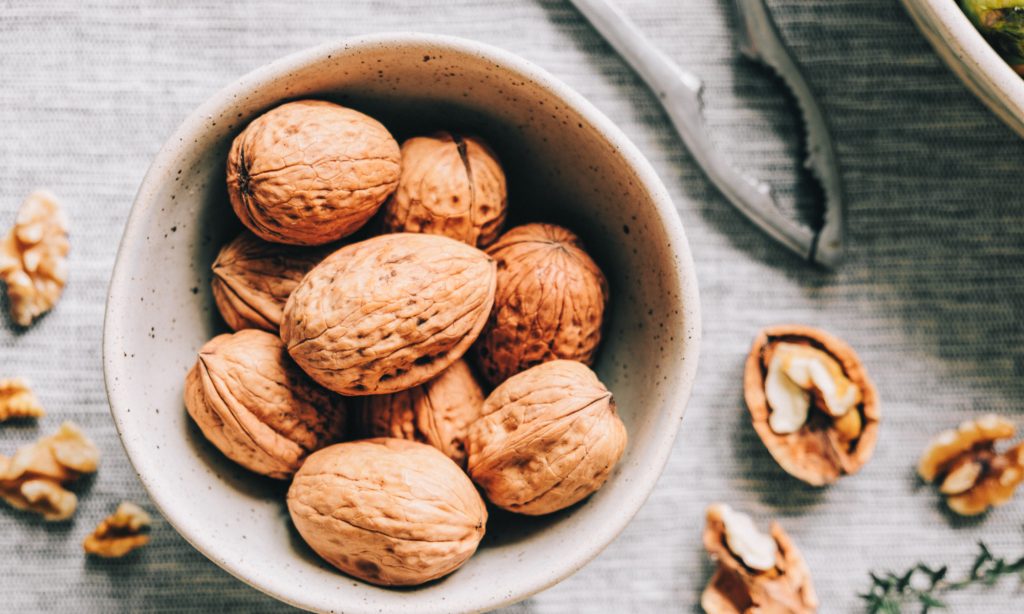
Dark leafy greens like spinach, kale, and others are great for obtaining and maintaining a healthy body weight since they are low in calories and have a low glycemic index. More importantly, increasing the amount of green vegetables in a balanced diet can help with weight management, dietary fiber consumption, and digestive health. Dark leafy greens and other plant-based diets high in minerals and fiber assist to increase satiety.

15.Pistachios
Pistachios, one of the highest protein snack nuts, provide your body with vital amino acids and 6 grams of plant protein per serving. Each serving contains 3 grams of fiber and only 160 calories. You can have roughly 49 pistachios per serving compared to 23 almonds or 18 cashews, making them feel like a more substantial snack. Pistachios also provide you with more nuts per serving.

16.Lentils
Lentils, a plant protein that is strong in fiber, can prove to be a great weight reduction food. Because they make a meal feel so much more substantial, these tiny protein-rich pieces of plant-based delight are a great addition to soups or salads. Lentils contain resistant starch and fiber that can help you feel full between meals. Instead of fermenting in the large intestine and acting as a prebiotic to feed the good bacteria in the gut as the fiber ferments, resistant starch is a form of carbohydrate that resists digestion in the small intestine.
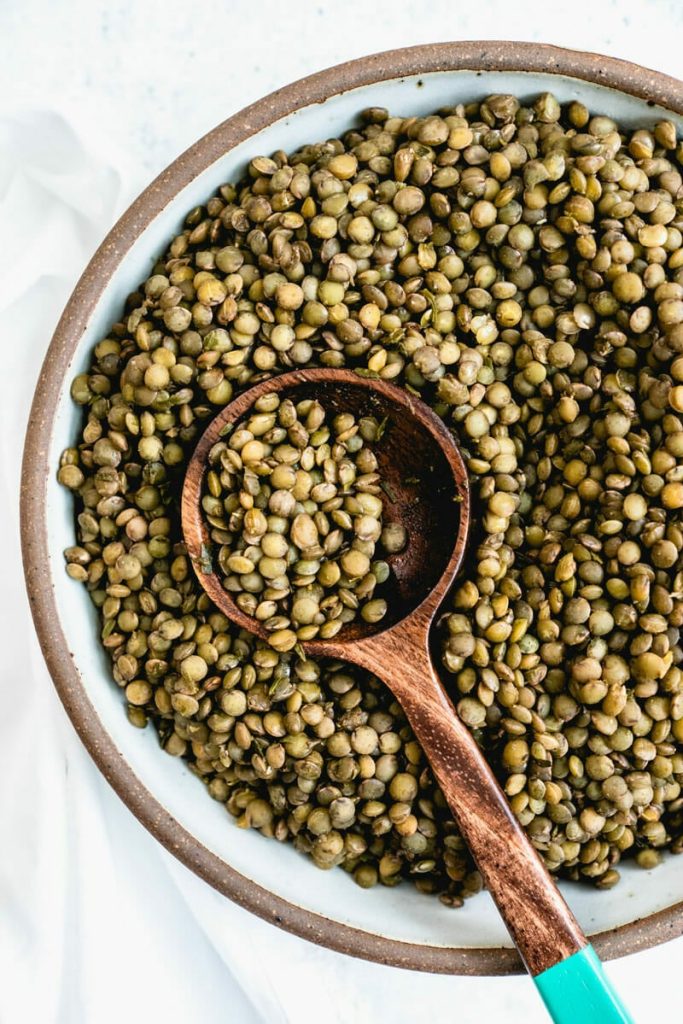
17.Quinoa
This whole grain is naturally gluten-free and has a very high fiber content. Furthermore, it is a complete protein source, meaning that it supplies enough levels of each of the nine essential amino acids. Additionally, it is one of the few vegan sources of full protein.
A nourishing and nutrient-rich substitute for processed carbohydrates like white spaghetti is quinoa. Bonus: Because of its low glycemic index, it doesn’t completely upset blood sugar levels. Overall, quinoa should be a staple in every kitchen to encourage long-term weight management.
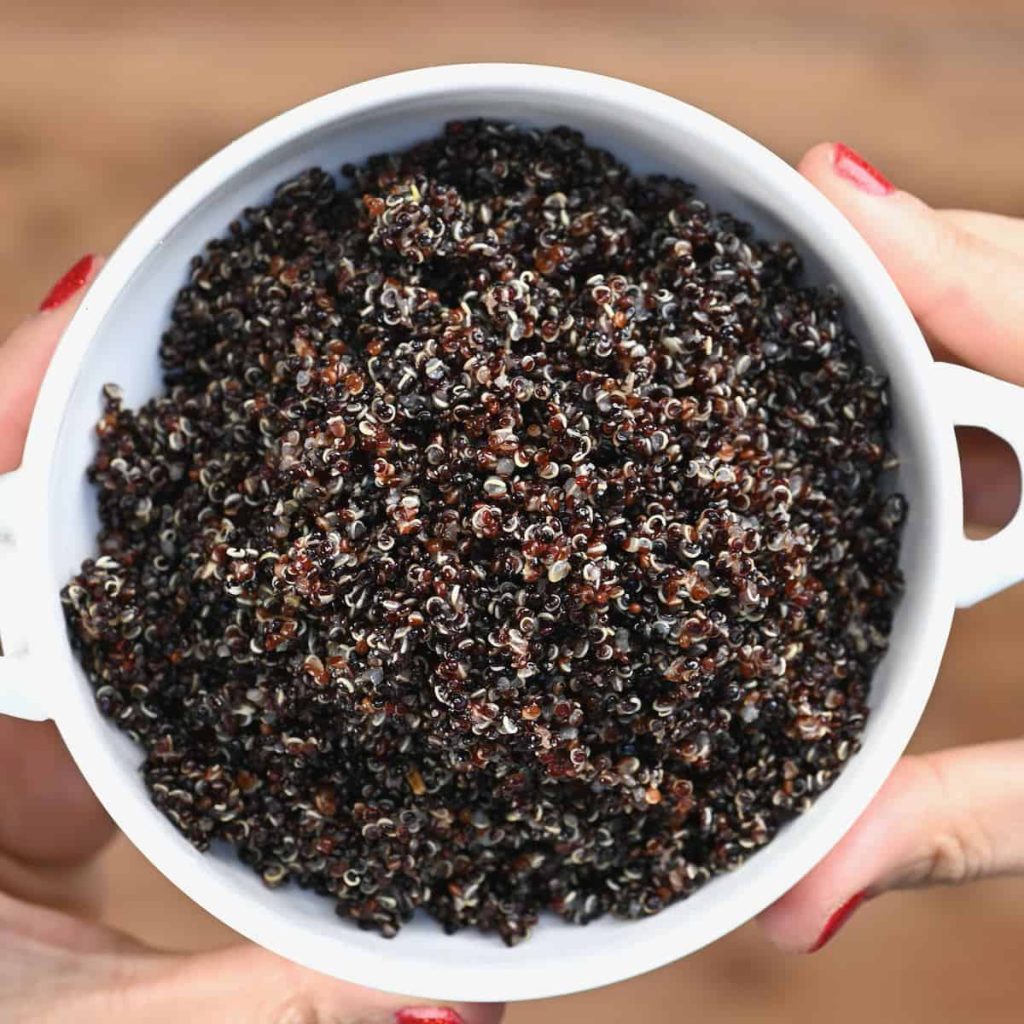
18.Avocados
Fat is not a threat! In actuality, fats are a vital component of any diet and eating strategy. But it’s important to pick healthy fats of high quality, like avocados. Avocados are rich in monounsaturated fatty acids, fiber, vitamin E, and lutein. Portion control is important since fats are concentrated, but even a modest amount of good fats can be surprisingly filling.

19.Asparagus
This delicious vegetable has a high water content, low calorie count, and fiber as well. A medium spear of asparagus offers a terrific texture and crunch for only 3 calories. This low-sodium, fat-free, and cholesterol-free choice adds flavor to a variety of recipes.

20. Bell pepper, anti-aging partner
This delicious vegetable has a high water content, low calorie count, and fiber as well. A medium spear of asparagus offers a terrific texture and crunch for only 3 calories. This low-sodium, fat-free, and cholesterol-free choice adds flavor to a variety of recipes.

21.Red fruits, rich in antioxidants
Additionally, red fruits contain substances that hasten intestinal transit while slowing the absorption of certain lipids.
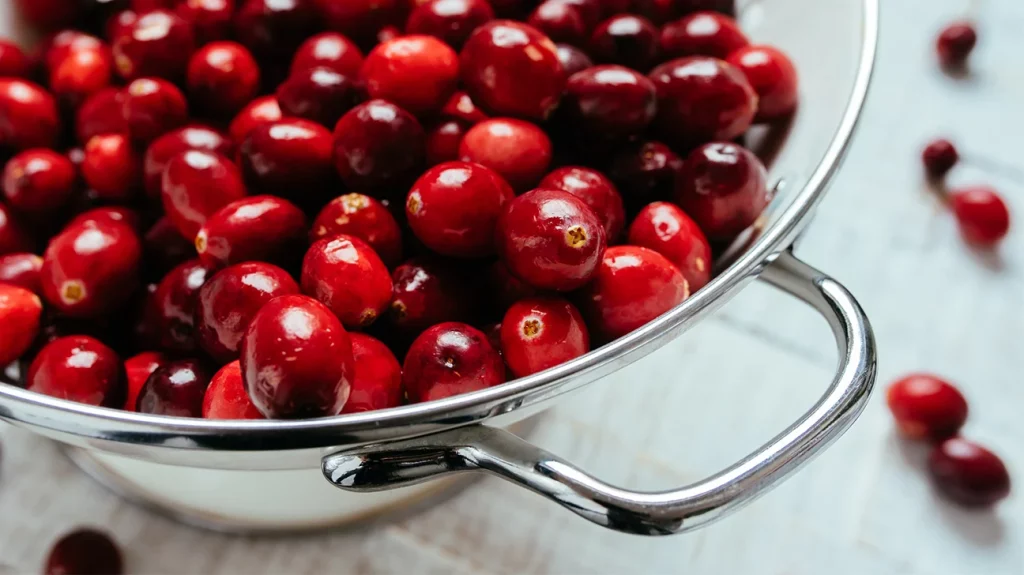
A single fruit can fill up with this antioxidant vitamin which participates in the process of energy production and boosts the metabolism.

23.Pineapple, the digestion pro
Bromelain, an enzyme found in raw, fresh pineapple, aids in the digestion of proteins.

Its citric acid content encourages fat and protein synthesis in the stomach. It is best ingested in the morning, roughly 20 minutes prior to breakfast, in order to stimulate bile secretion and prime the liver for digestion of food throughout the day.

has about 40 antioxidants and controls blood sugar levels.

26.Cinnamon, the anti-craving spice
Cinnamon aids in lowering blood sugar levels and preventing fat storage. It reduces cravings as well. over be added as a sprinkle over plain yoghurt, white cheese, desserts, or cereals in place of sugar.
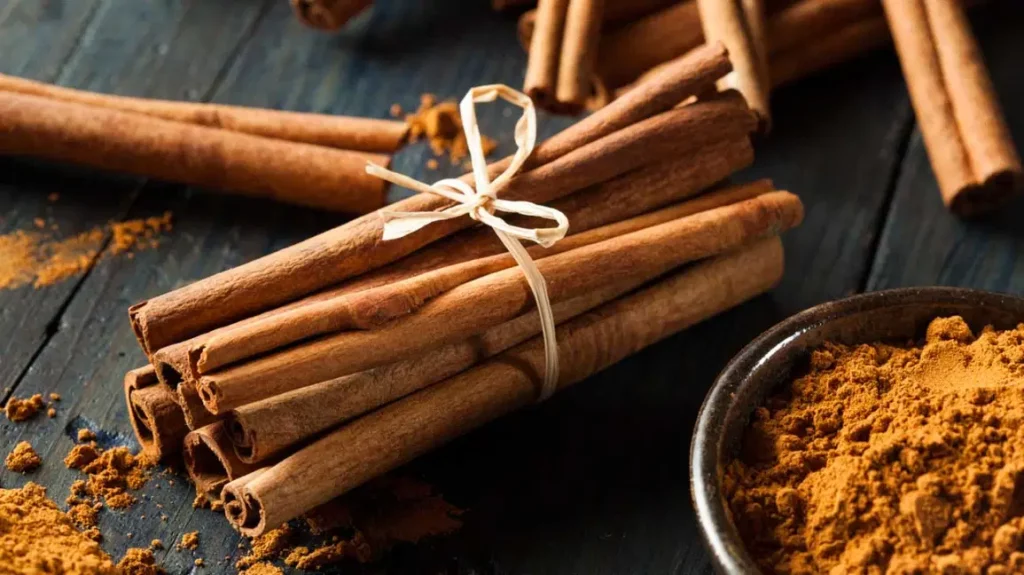
27.Detox and anti-fat green tea
Take advantage of its diuretic and slimming properties. Tannins hinder the absorption of fat. Drink green tea and plain water in alternating doses throughout the day, but avoid drinking it after 4 p.m. if it makes you sleepy.
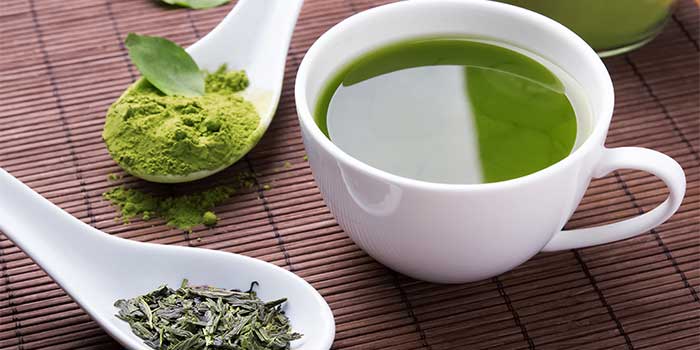
28.Coffee
Fat burning is naturally triggered by caffeine. Have no more than three cups of coffee every day, and consume it before 5 p.m. Beyond that, too much caffeine will make you feel more stressed, anxious, and irritable, all of which encourage fat storage.

29.Cayenne pepper, to boost the metabolism
Cayenne pepper increases the internal temperature of the body, which boosts the metabolism. To consume, sprinkle it on soups, dishes or sauces, but in moderation (it stings)

30.Raw cocoa
Cocoa beans are rich in anti-stress magnesium and stimulating theobromine, without the sugar found in chocolate.

31.Grapefruit, to lower blood sugar
To reduce blood sugar, grapefruit would be just as effective as a diabetes medication.
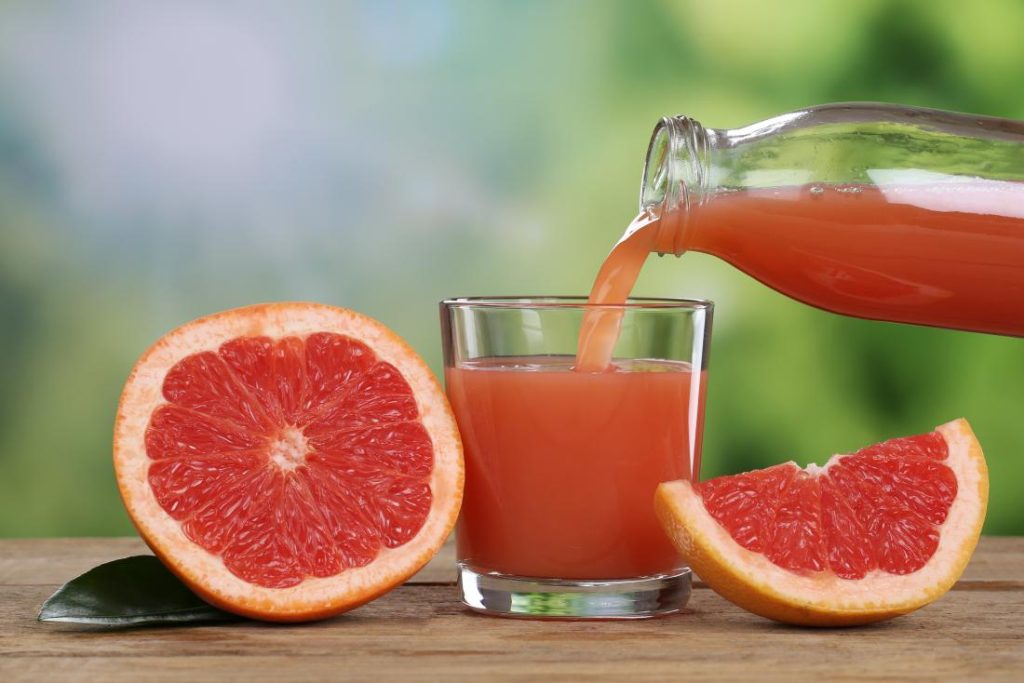
32.Vinegar
Its acetic acid makes digestion simpler, aids in controlling blood sugar levels, and stops the body from accumulating fat. served as a condiment for salads or appetizers.
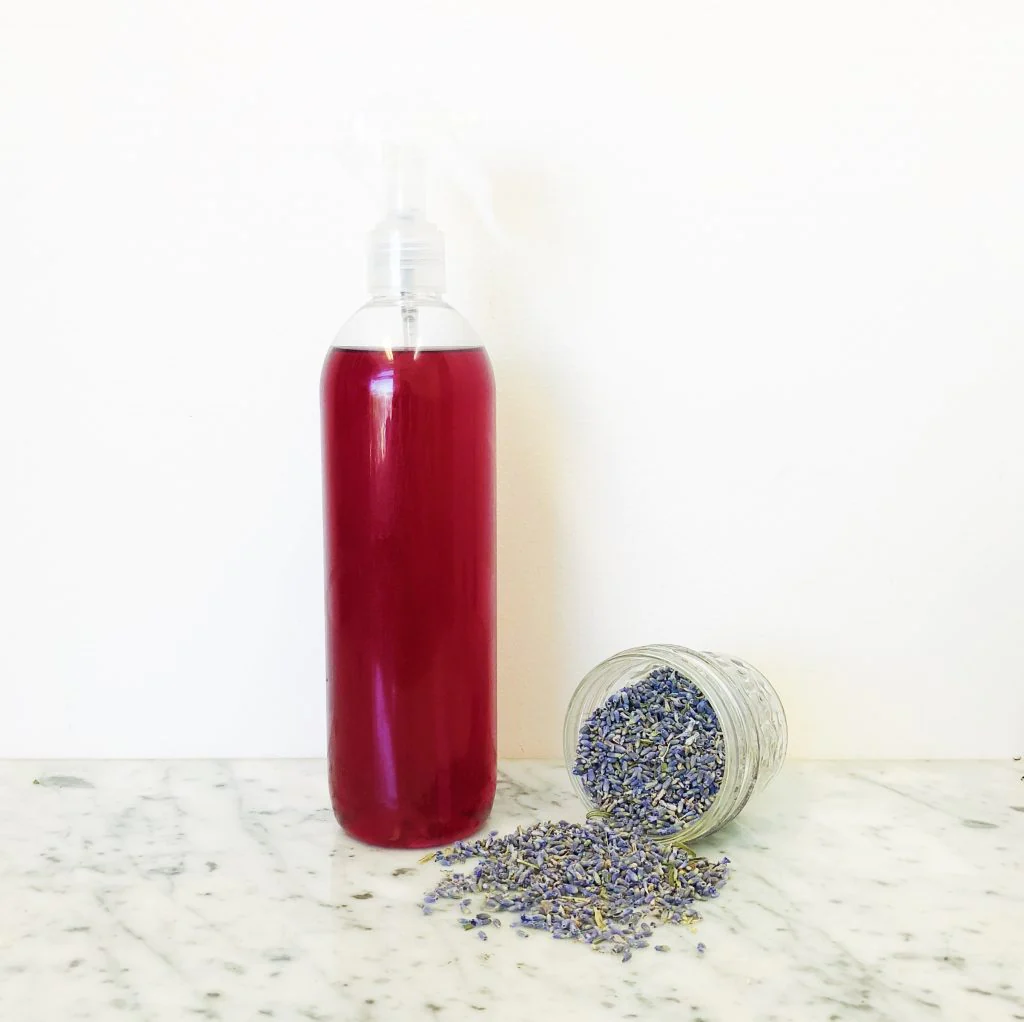
33.Lean meat
Lean beef and chicken breast are both high in protein, and consuming foods high in protein is crucial if you want to lose weight and keep it off. A high-protein diet increases your daily calorie burn while reducing your appetite for meals that won’t help you lose weight. Red meat and eggs both have a negative image, yet evidence indicates that eating unprocessed red meat does not increase your chance of developing diabetes or heart disease.

34. Nuts
A handful of nuts is a terrific option for a snack in between meals because they are also rich in healthy fats. Walnuts, almonds, Brazil nuts, pistachios, and cashews are the healthiest nuts. Consume nuts in moderation only due to their high fat content. Additionally, avoid the salted varieties whenever feasible.
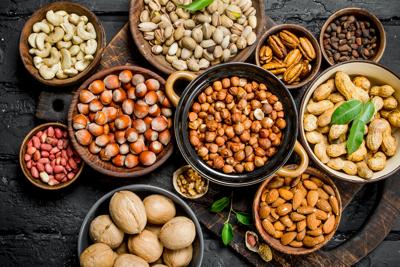
35. Peanut Butter
If you want to sweeten your smoothies or breakfast, peanut butter is a terrific choice. Protein, vitamin E, iron, potassium, zinc, antioxidants, dietary fiber, and polyphenols are all abundant in the nut butter (24). To stave off hunger, munch on a handful of boiled or soaked peanuts. Avoid overindulging in peanuts because they are high in calories.
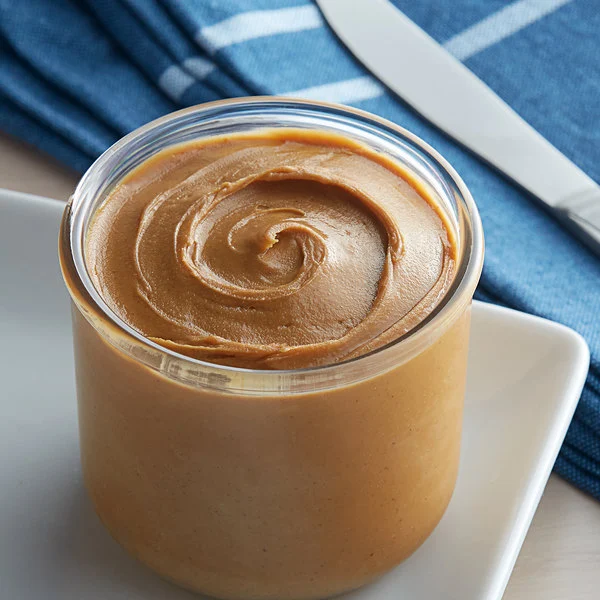
How it works for weight loss: Although this diet’s many health advantages—it can reduce your risk of developing chronic diseases and cognitive decline—are what make it so appealing, it can also help you lose weight if you keep your daily calorie consumption to 1,500 or fewer. According to studies, eating a typical Mediterranean diet or a low-carb variation of it can help people lose between 5 and 10% of their body weight over the course of a year. And the weight stays off; a recent British study indicated that those who followed a Mediterranean-style diet were twice as likely to maintain their weight loss after experiencing significant weight loss. Beaver exclaims, “This diet is simple to keep up because the food is so good!”
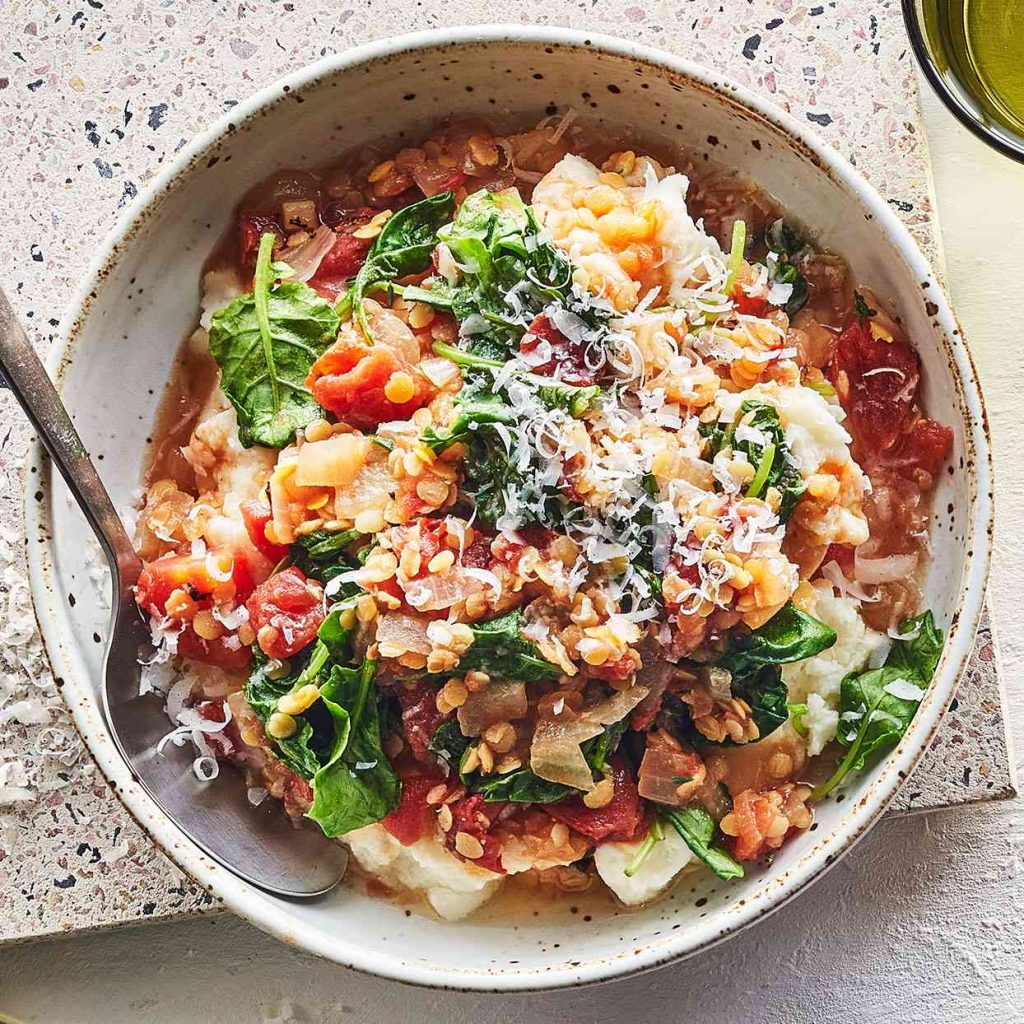
37Creamy Spinach Pasta with White Beans
For a cheap and adaptable meal, this straightforward White Bean Pasta uses pantry staples like pasta, a can of beans, and tomatoes. One of our favorite white bean dishes is this one. This straightforward and nourishing cannellini bean recipe is made come to life by a few dried herbs and a splash of balsamic vinegar.

Conclusion
It’s not hard to find healthy foods that can help you lose weight, provided you’re committed to making changes in your current diet. Along with regular exercise, a healthy diet can help you your non-surgical weight loss goals. If you have questions about what foods you should eat for weight loss, consider scheduling an appointment for non-surgical services with your first.
References
43 BEST FRUITS FOR WEIGHT LOSS
20 Healthy Chips You Can Eat When You’re Trying To Lose Weight
25 + Protein-Packed Dinners for Losing Weight & Building Muscle
30 Delicious And Nutritious Baby Foods For Weight Gain
20 healthiest butter substitutes
Frequently asked questions
1.What food burns belly?
- Beans. “Becoming a bean lover can help you lose weight and whittle your middle,” registered dietitian Cynthia Sass told Today. …
- Swap your beef for salmon
- Yogurt.
2.What fruit burns belly fat?
- Apple. Fresh and crunchy apples are packed with healthy flavonoids and fibres that may help burn belly fat. …
- Tomato. The tangy goodness of tomato may do wonders to cut your belly fat. …
- Guava. …
- Strawberries. …
- Kiwi.
3.Can cucumber reduce belly fat?
Since cucumber is very low in calories, it can burn fat effectively. When consumed often, it can help cut down belly fat as well. Due to its high water and fibre content, a cucumber diet could help you detox, improve metabolism, and help with problems like constipation, water retention, and bloating.
4.What can i drink to get a flat stomach fast?
There are numerous beverages that help to burn belly fat. Ginger tea, jeera (cumin) water, cinnamon water, warm water with lemon and honey, among others, are a few of them.
